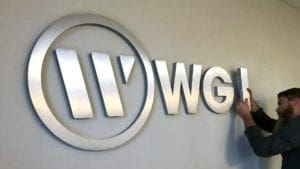
A New Look for the New Year
We’re refreshing our brand to reflect the energy, inspiration, and excitement that we feel when we come to work every day.
Learn from award-winning professionals — explore our whitepapers, blogs, and the latest industry updates.
Join our dynamic organization of engineers, land surveyors, landscape architects, environmental scientists, and architects!
Talk to a market leader today! We’ll answer any questions you have about our professional services.
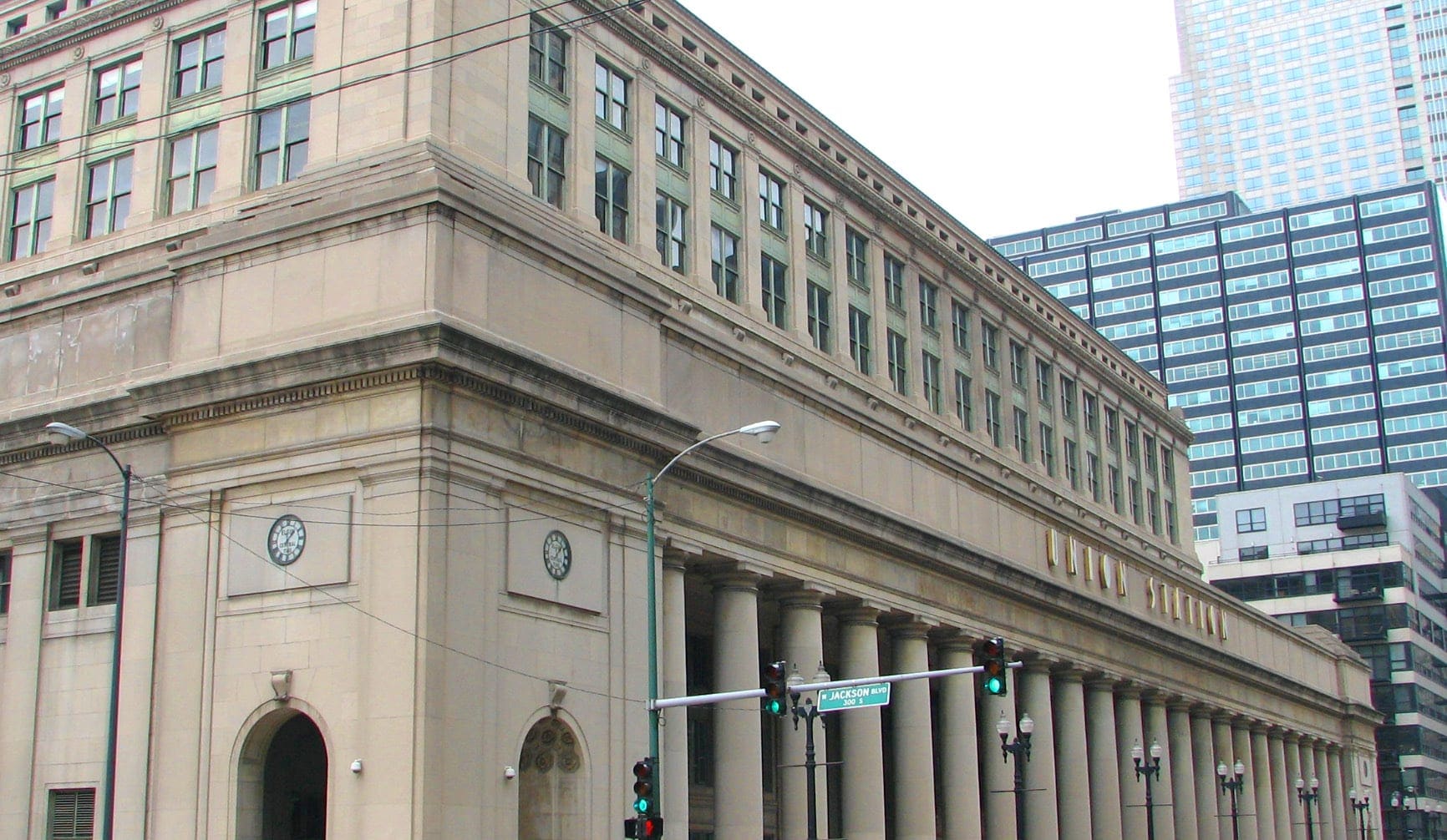
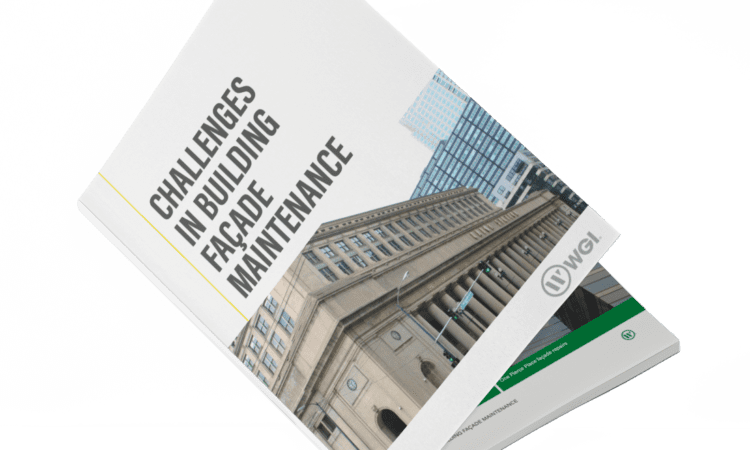
Challenges In Building Façade Maintenance
Facades are the “skin” of a building, and like the human body, this skin is essential to the structure’s health and appearance. Typically, the façade is what adds architectural character and aesthetic “feel” to a building, providing its unique personality. However, over time a building’s façade can deteriorate and not only reduce the building’s visual appeal, but become a hazard. Elements can become weak and detach, posing a threat to people and objects below. The taller the building, the greater the risk. If pieces break off a building’s façade many stories above a busy sidewalk, it can be disastrous — or deadly. These occurrences caused many major U.S. municipalities to adopt façade-inspection ordinances, requiring building owners to maintain and restore their façades to prevent tragic accidents.
Even in cities that don’t require periodic inspections, it’s advisable for building owners to adhere to a regular inspection schedule by retaining a professional with specialized expertise in façades. It’s vital to catch problems before they become serious — and before repairs become too expensive.
Sometimes the need for a façade inspection is dictated by events. Falling masonry, for instance, is an obvious red flag that there is a problem that should be addressed right away. It’s essential to find and fix masonry problems before they endanger pedestrians — and expose owners to serious liability.
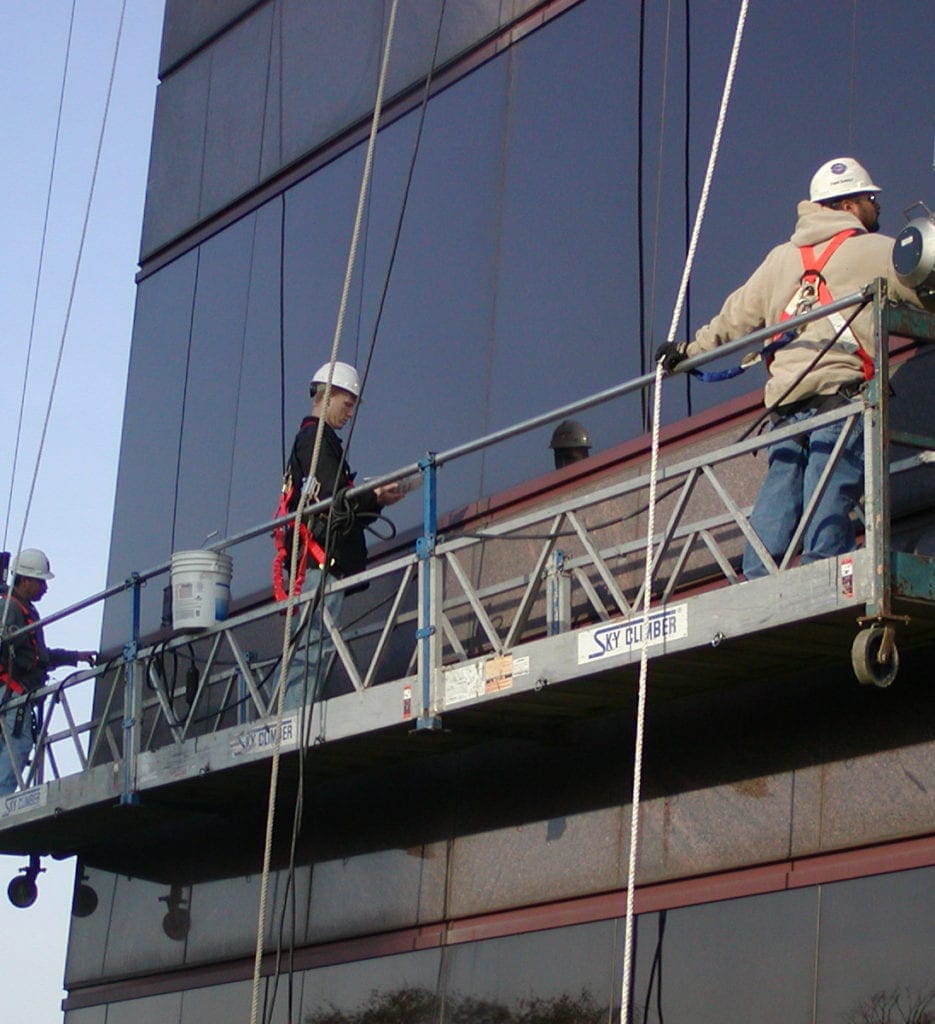
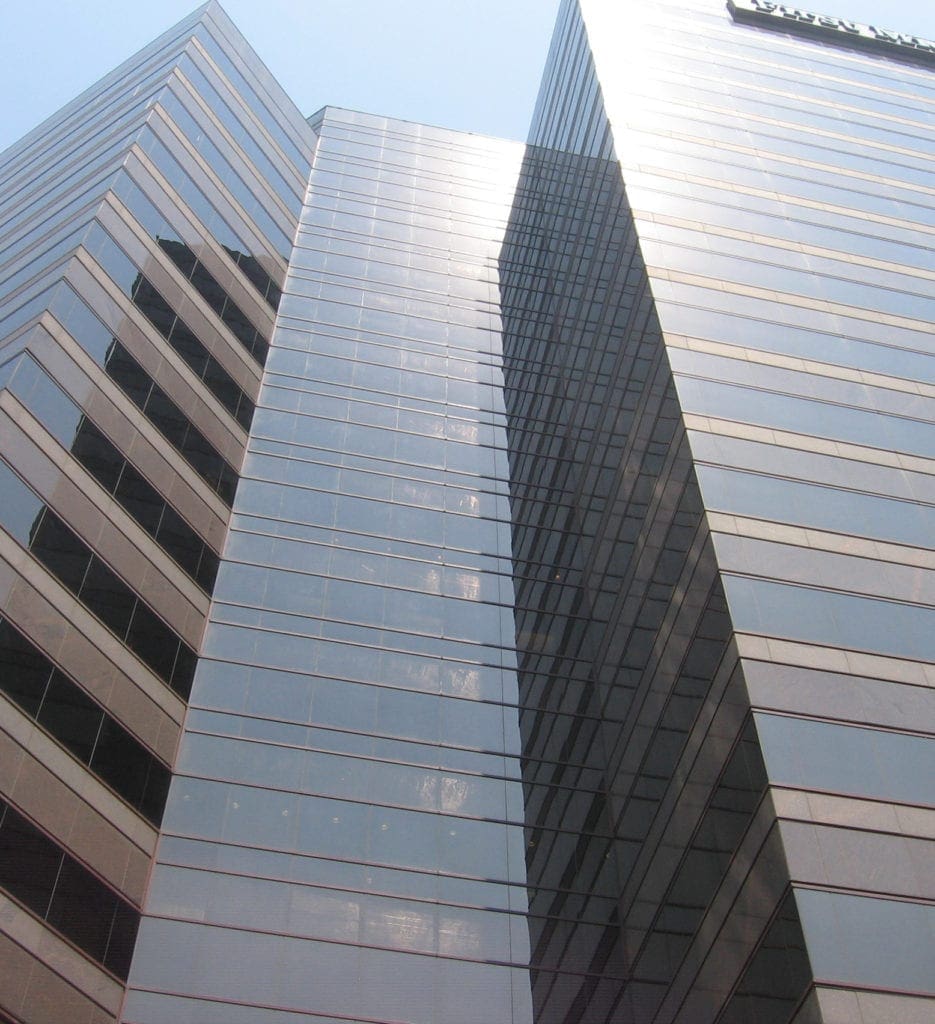
Another common issue is façade deterioration  from water infiltration through walls. While water leakage poses less of an immediate safety risk, it can indicate serious damage — even structural damage — behind the façade, requiring quick attention. Water infiltration through building façades can require costly repairs. It’s best to identify and address them early before they become too widespread.
from water infiltration through walls. While water leakage poses less of an immediate safety risk, it can indicate serious damage — even structural damage — behind the façade, requiring quick attention. Water infiltration through building façades can require costly repairs. It’s best to identify and address them early before they become too widespread.
Visible deterioration isn’t the only reason for a façade inspection. Often, owners planning to sell a building will have the façade inspected in advance to assure that it is in the proper state for showing and selling. Similarly, prospective buyers want a façade inspection or assessment performed. Understanding the asset’s current condition helps buyers plan and budget for future repairs, if necessary.
No matter the reason, façade inspections are an essential element of any building’s maintenance program and should be performed on a regular schedule.
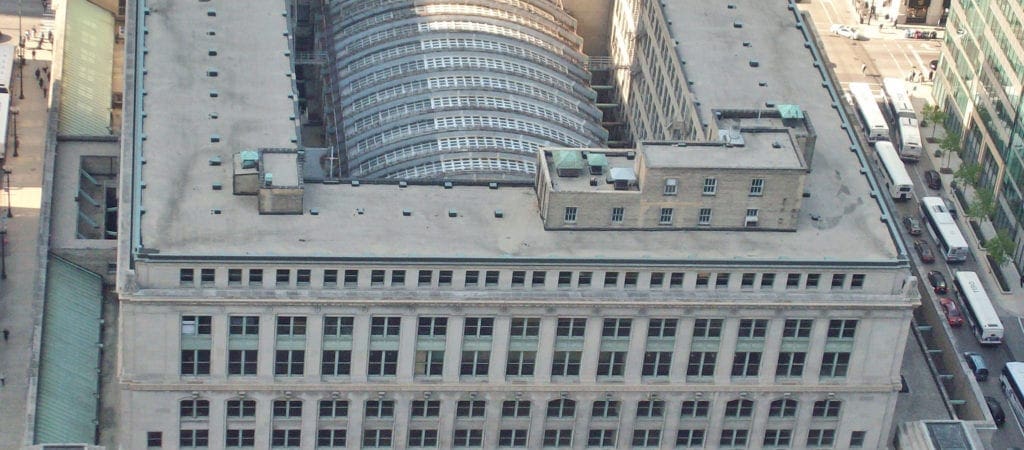
Façade inspection and restoration is a complex process involving numerous elements; the following are typical processes. However, City Mandated Façade Ordinance Inspections may require specific procedures to meet the municipality’s requirements.
The process begins with an historical analysis. How has the building been maintained over time? Has the façade been upgraded or modernized through its lifespan? If possible, the restoration team should review original blueprints and other relevant drawings and reports. Likewise, if there were prior improvement programs, the restoration team should review all related documents. Before addressing the façade’s physical condition, it’s essential to have a complete understanding of its original construction, including what materials and design approaches were used. Similar information is required for all maintenance and improvement work performed throughout the building’s lifespan.
It’s not just the individual building’s history that’s important. Knowing when it was built, restoration professionals can gain a good understanding of its nature and façade. For example, buildings built prior to 1870 typically featured load-bearing construction. Conversely, buildings built between 1870 and 1920 tended to feature framed structural systems, curtain wall systems, and newly developed cladding materials. After 1920, construction evolved to modernism and then post-modernism, each with its own characteristics. Knowing the structure’s history gives restoration professionals a good start in determining how to proceed.
Once the historical research is complete, following is an on-site exterior assessment to determine the façade’s relative condition. The initial assessment usually revolves around a visual inspection conducted by an expert restoration professional, often utilizing scaffolding systems, boom lifts, or even rappelling to gain a close-up, hands-on view of the façade elements. Just as a doctor may examine joints through an arthroscope, the façade professional may use a boroscope to examine the cavities and anchorages of a building’s veneer. Photographic documentation is performed so the restoration team can note any damage while developing an action plan. Alternative methods include observation through high-powered binoculars and unmanned aerial vehicle
(UAV) inspections.
Visual observation isn’t the only investigative method utilized. Sounding is a process using hammers and other equipment to tap on façade sections and determine if there are voids beneath the façade exterior. Trained restoration professionals can recognize the different tones that occur during sounding, and what each tone means while assuring the façade is not damaged. Typically, mason’s hammers are used to sound concrete, brick, and stone exteriors and wooden mallets are used for terra cotta.
Other non-destructive testing methods include ground-penetrating radar (GPR), used to “see” behind the surface of the facade; sonar, used to determine the condition of interior sections through impact-echo and impulse-response methods; water absorption with RILEM tubes, able to indicate the extent of susceptibility to water damage; and infrared photography, which can show potential anomalies. These testing methods are all effective in identifying different types of façade deterioration.
There are many different types of façade deterioration. The most common include erosion and disintegration, most often caused by rain, snow, and other extreme weather; cyclic freezing and thawing; salt crystallization; façade anchorage corrosion; thermal stresses from extreme heat; restrained movement; and UV degradation caused by direct sunlight. Additionally, improper past repairs can also cause significant destruction.
Each type of damage requires a unique type of repair. The most common façade repairs include replacement of joint sealants, re-pointing mortar joints, re-pinning masonry, patching or replacing masonry units, or even partially rebuilding wall sections. In addition, addressing water-leakage issues may involve masonry removal to install through-wall flashings, replacing copings, or repairing roof-to-wall interfaces.
Many buildings rely on assessment and maintenance programs, identifying potential problems and addressing them before they require expensive repairs. The most common are five – and 10-year programs that establish regular assessment schedules of building facades. These programs are particularly common at universities, government complexes, commercial building portfolios, and other complexes with multiple buildings or historic facilities.
Any building can benefit from a long-term maintenance program. By identifying façade deterioration and underlying structural problems early, building owners and their restoration teams address problems before they require expensive repairs, or expose owners to significant liability.
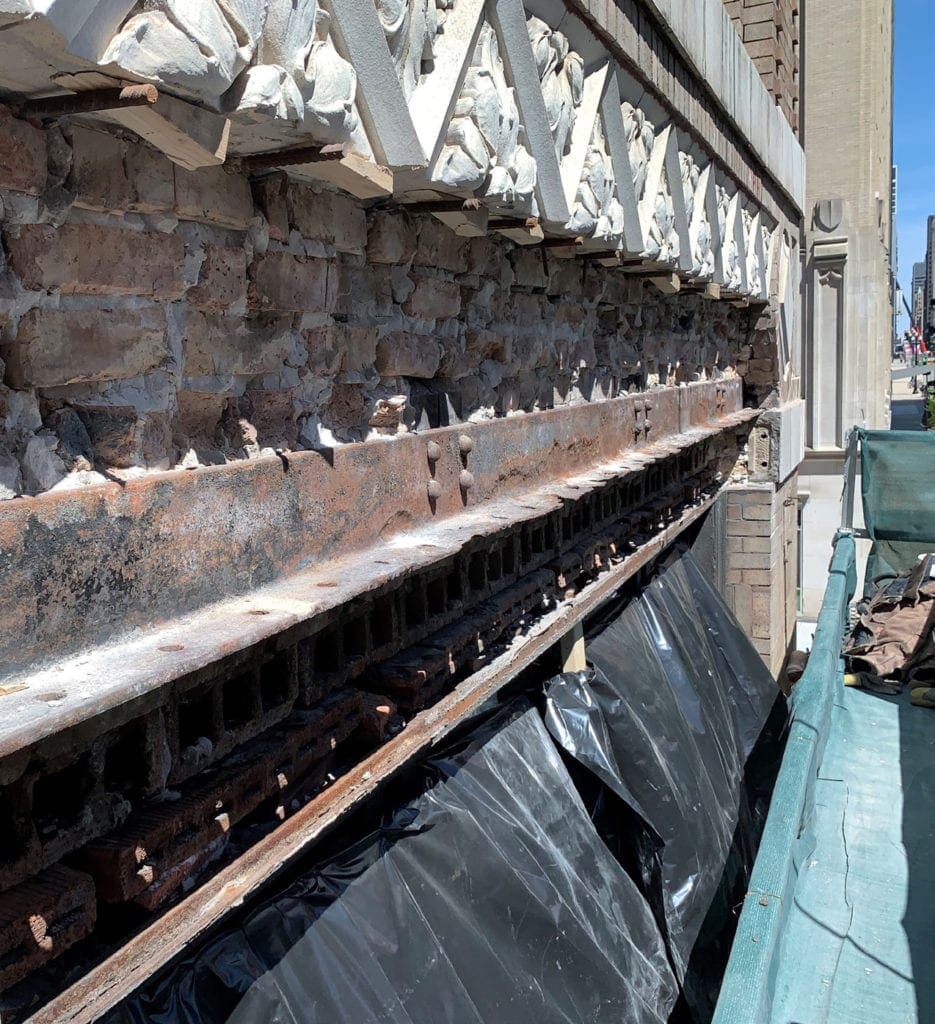
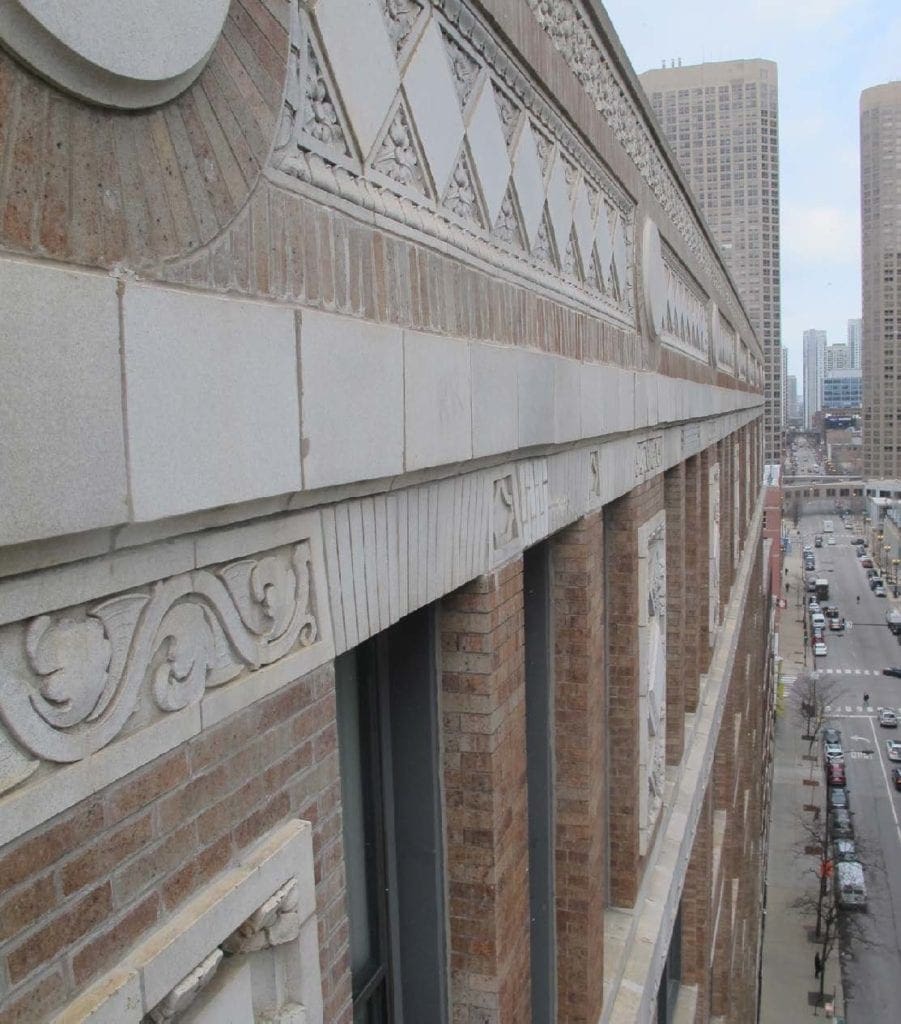
Getting an early assessment of the structure’s current condition allows more time for planning restoration work, and for restoration professionals to create a hierarchy of issues to address. It allows certain areas of the project to be deferred, or correction of deterioration before the damage is severe.
While complex, façade evaluation and restoration is essential to the maintenance and long-term viability of any building. Whether a large and highly utilitarian structure, a historic landmark building, or something in between, maintaining and restoring the façade must be done, and it must be done right.
For more information about this study or to have a conversation with one of our experts, please contact us:

Challenges In Building Façade Maintenance

WGI is a national design and professional services firm leading in technology-based solutions for the construction of public infrastructure and real estate development. At WGI, we’re providing Tomorrow’s Infrastructure Solutions Today.

We’re refreshing our brand to reflect the energy, inspiration, and excitement that we feel when we come to work every day.

Owners should already have mitigation strategies in place to protect their buildings and essential infrastructure. For those that don’t, there’s no time to lose.

WGI was ranked in the top 200 for the tenth consecutive year by Engineering News-Record (ENR) on their Top 500 Design Firms List for 2024.
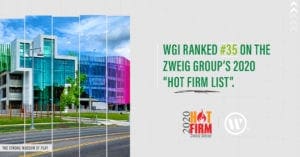
WGI makes a very significant 41-spot jump from last year’s Hot Firm ranking of #76.

The list identifies key players in the local real estate market who power what remains a significant driver in the South Florida economy.

WGI stayed in growth mode throughout the pandemic as it moved to expand its geographic footprint by furthering early steps at organic expansion.
You’ve been searching for a place like WGI. We look forward to meeting you soon.
Sign up to receive emails to hear our latest news and achievements in our monthly newsletter.
Enter your zip code, and we’ll personalize your experience with local projects, office locations, team members, and more.
WGI supports its associates with meaningful opportunities for growth, strong benefits and perks, while we work collaboratively with clients and co-consultants to shape and improve communities.






WGI is a dynamic organization with opportunities nationwide for engineers, land surveyors, landscape architects, environmental scientists, and architects.